Grilled Artichoke Hearts
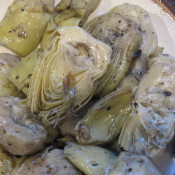
Artichoke hearts are hands-down one of my all time favorite vegetables…and yes, they are considered a vegetable. Whether used in a salad, over pasta, with chicken or fish, or even served as a dip, this anti-oxident rich veggie adds the perfect amount of zesty tang and flavor. For this recipe that I’m sharing with you, the artichoke hearts are the one-man star of the show. This dish is actually so easy, that I feel guilty to refer to it as a recipe. But it does involve some cooking (a very minimal amount at that), it makes for a great side dish to just about any meal, and it went over really well when I made them for a recent family grill-out. So all bases are covered to consider this a great summer recipe. All you need is a jar of marinated artichoke hearts (the jar size solely depending on how many you would like to make), a grill heated to medium-high, a grilling basket, a large stirring spoon and about 5-10 minutes of your time.
Place your grilling basket over direct heat. Remove the desired amount of hearts from the jar and carefully place them into the basket. I stress the word carefully because the oil-soaked hearts will cause the flames to temporarily flare up. Be sure to not pour the hearts into the basket directly from the jar, because the extra oil may cause the flames to rise to a dangerous level. Once the flames die down, stir the hearts to make sure that they get even heat distribution. The hearts will retain their natural moisture (along with marinated coating), so they will not char or burn. Instead, they will pick up a nice, bold smoky flavor, while retaining their soft texture. Continue to stir for about 5-7 minutes. Remove from basket, serve and enjoy!

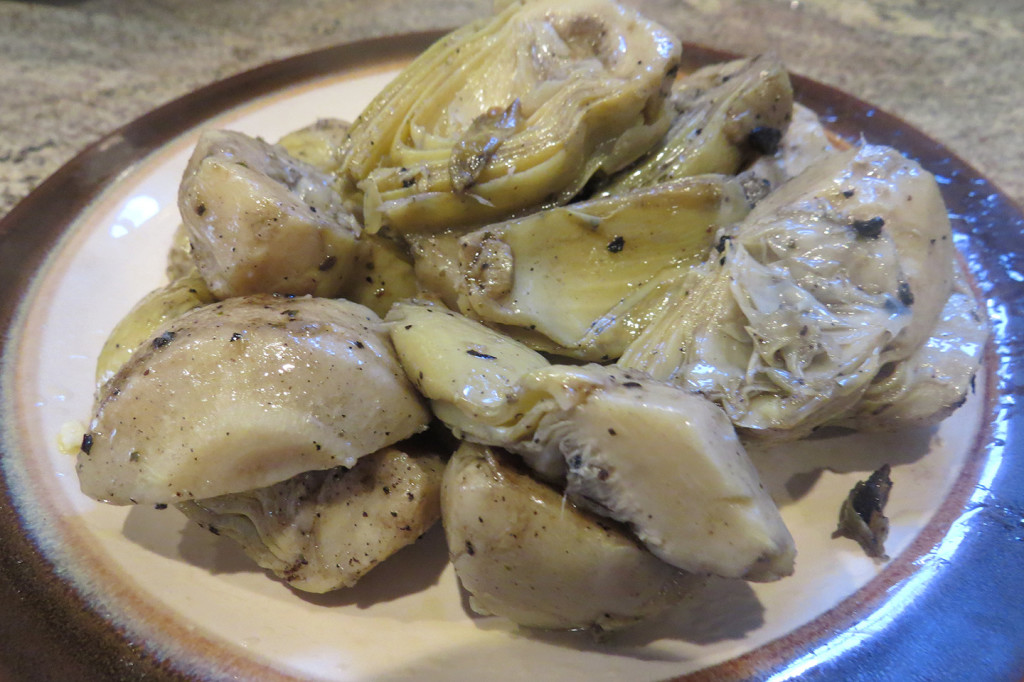

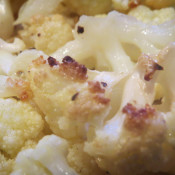
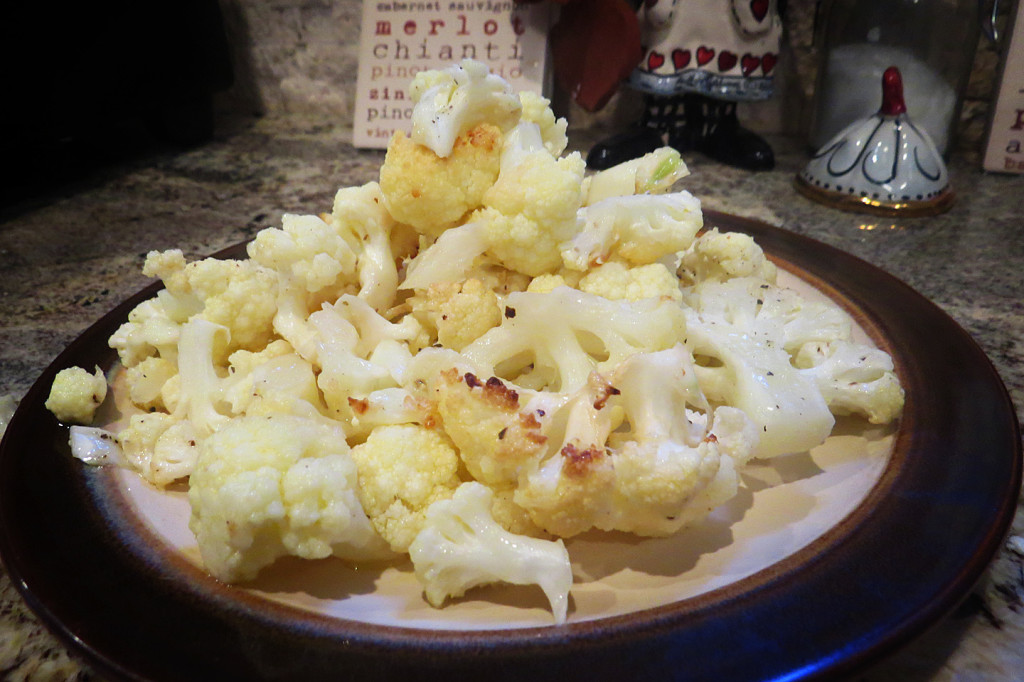
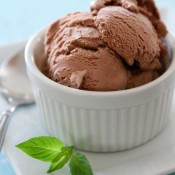
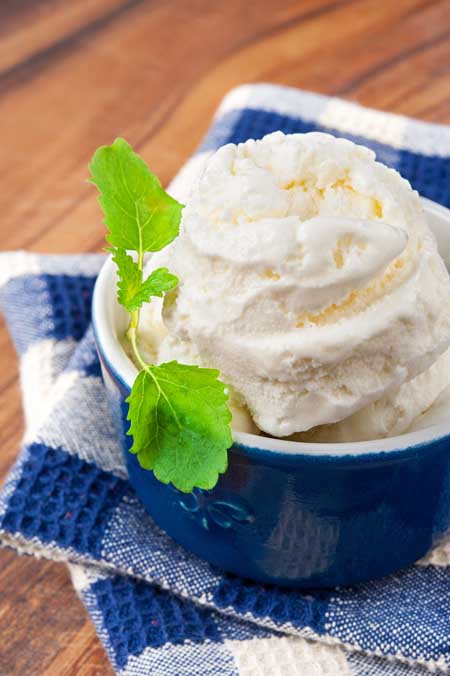
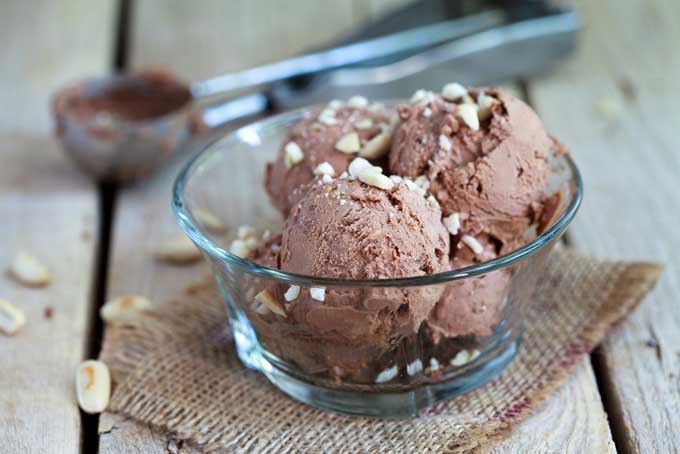
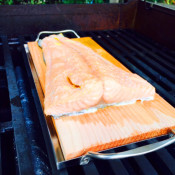
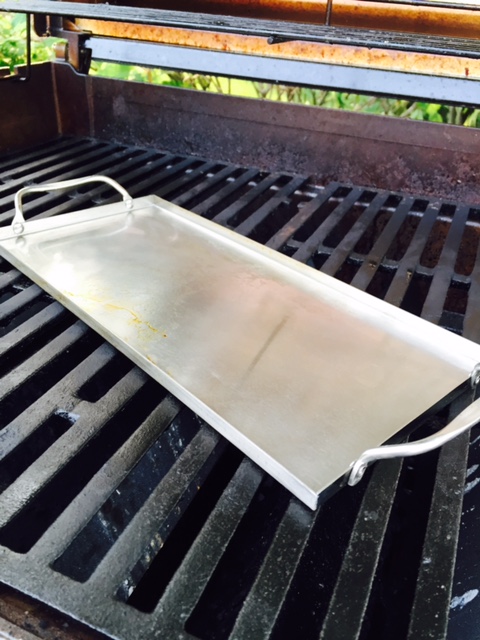
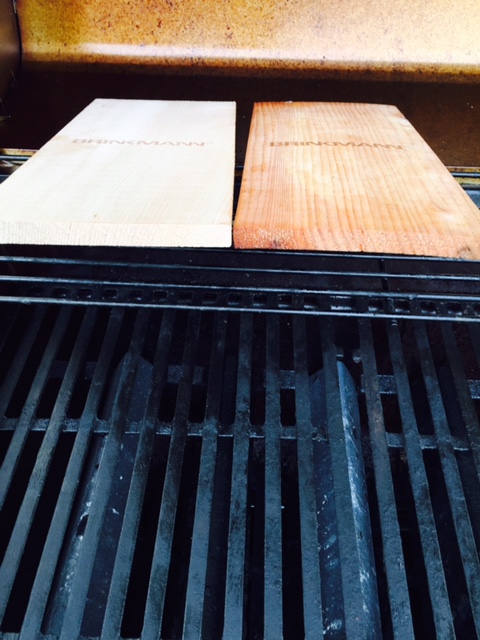
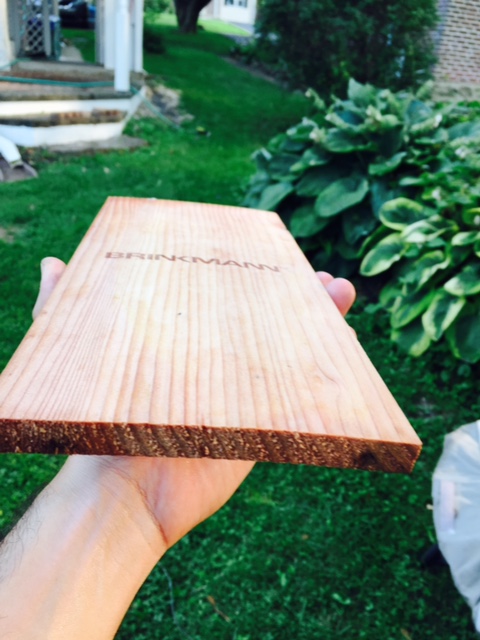
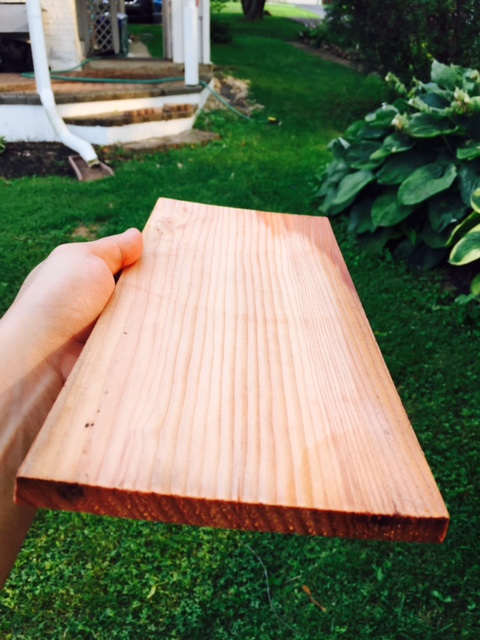
Recent Comments